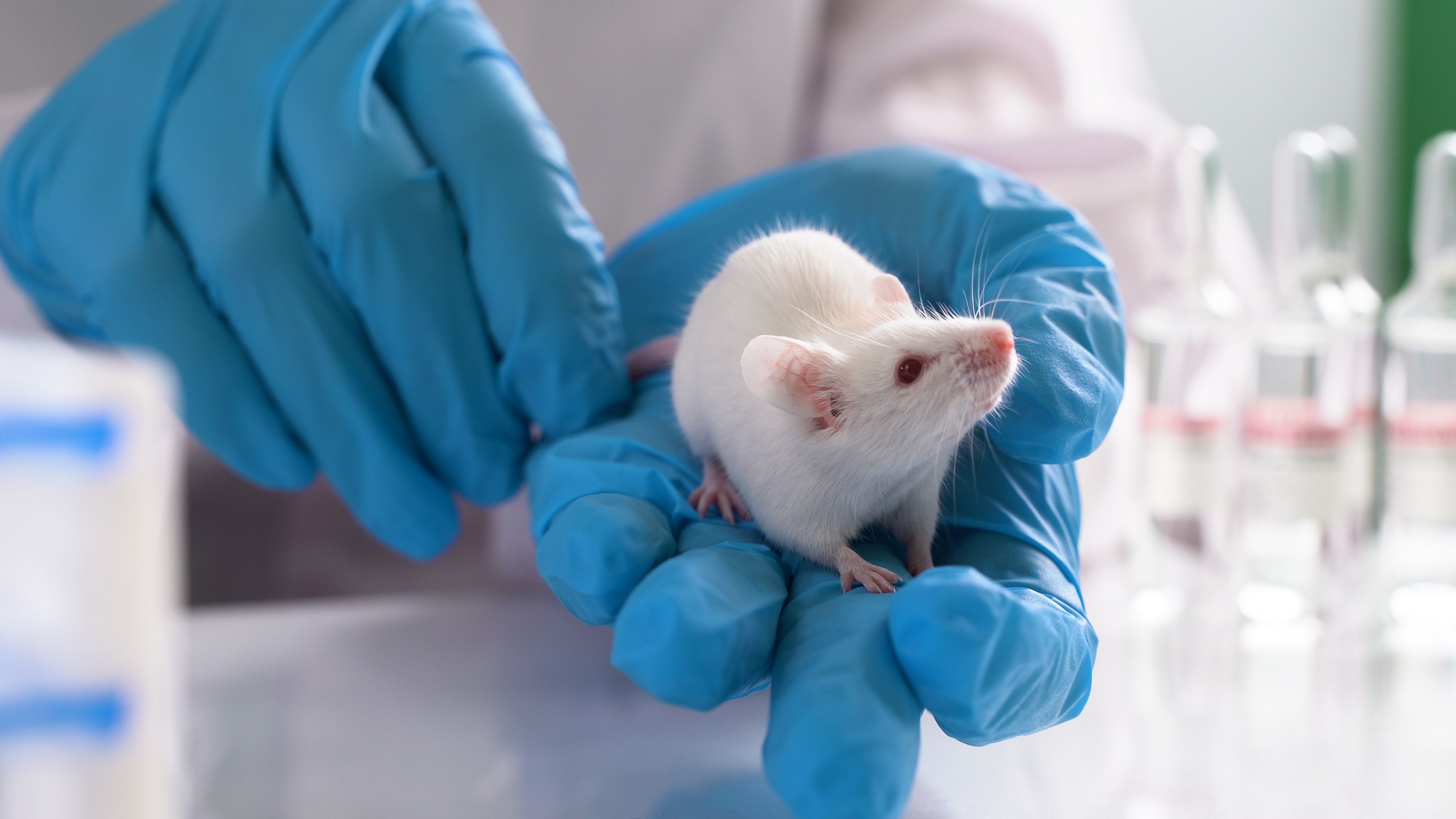UK vows to phase out animal testing, turning to AI and lab-grown human tissues
The United Kingdom plans to end certain animal testing for safety assessments starting in 2026.

In the United Kingdom (UK), officials are planning to phase out animal testing through a new strategy that is expected to achieve the outcome faster. Under the new government road map unveiled by UK Science Minister Lord Patrick Vallance earlier this week, researchers are encouraged to replace animal tests with new methods for determining the safety of products, such as vaccines and chemicals like pesticides.
“This is a road map [that] will ensure government, businesses, and animal welfare groups can work together to find alternatives to animal testing faster and more effectively,” Lord Vallance said in a government press release.1
The plan acknowledges that the use of animals can only be phased out of scientific research if it can be replaced with reliable and effective alternative methods offering the same level of safety for humans. The road map includes working with partners, supporting researchers with new funding, and optimizing regulation to make the transition possible.
Doing so would help develop methods such as organ-on-a-chip systems, 3D bioprinted tissues, and an expanded use of artificial intelligence (AI), according to the government press release.
Organ-on-a-chip systems are small devices that use real human cells to mimic the way human organs work. Additionally, 3D bioprinted tissues would create realistic human tissues, such as skin and liver, to test whether certain substances are toxic. The tissues would also help researchers study human biology. Meanwhile, AI would be more extensively used to predict whether new medications will be safe and effective on humans. To achieve this, experts would use AI to analyze large quantities of information about molecules.
“Nobody in our country of animal lovers wants to see suffering, and our plan will support work to end animal testing wherever possible and roll out alternatives as soon as it is safe and effective to do so,” Lord Vallance said.1
The plan outlines concrete commitments for the next couple of years, including the end of regulatory testing on animals for assessing skin and eye irritation, as well as skin sensitization, by the end of 2026. By 2027, researchers are expected to stop testing the strength of onabotulinumtoxinA (Botox) on mice and use only DNA-based lab methods to screen for adventitious agents, including viruses or bacteria that could accidentally contaminate the medication. By 2030, the UK aims to lower the number of pharmacokinetic studies on dogs and nonhuman primates. These studies have been historically used to track a drug’s movement through the body over time.
The UK has been at work on replacing animal testing with alternative methods for some time, with the UK first making the commitment in 2010.2 In 2014, the country announced a new policy to reduce, replace, and refine (3Rs) the use of animals in research by better leveraging technology, influencing an international adoption of the 3Rs and promoting awareness and understanding about the use of animals where alternatives did not exist.2 In tandem with their commitment, the UK also created the National Centre for the Replacement, Refinement, and Reduction of Animals in Research.
The new plan builds on these previous initiatives and includes the following1:
- Providing foundational training in alternative methods for early-career researchers for next year
- Publishing lists of research priorities for alternative methods at least every 2 years, starting in 2026
- Encouraging research funders to support alternative methods and make these methods more visible, including in academic journals
The plan also aims to position the UK as a global leader in regulating nonanimal research methods.
According to the UK, this latest road map is receiving £60 million in funding for the creation of a data, technology, and expertise hub for researchers to work together, and a new center to streamline the path to regulatory approval for new alternative methods. The Medical Research Council, Innovate UK, and the Wellcome Trust are also providing £15.9 million to help advance human in vitro models, which include organ-on-a-chip systems.
The new plan has received verbal support from various UK-based organizations, including pharmaceuticals and animal welfare groups such as the Royal Society for the Prevention of Cruelty to Animals, Association of the British Pharmaceutical Industry, Association of Medical Research Charities, Royal Society of Biology, Francis Crick Institute, Understanding Animal Research, and Animals in Science Committee.
References
- Animal testing to be phased out faster as UK unveils roadmap for alternative methods. News release. Department for Science, Innovation and Technology; Department for Environment, Food & Rural Affairs. November 11, 2025. Accessed November 14, 2025. https://www.gov.uk/government/news/animal-testing-to-be-phased-out-faster-as-uk-unveils-roadmap-for-alternative-methods?utm_source=chatgpt.com
- Willetts D, Taylor J, Curzon F. Working to Reduce the Use of Animals in Scientific Research. Department for Business, Innovation, and Skills. February 2014. Accessed November 14, 2025. https://assets.publishing.service.gov.uk/media/5a7c79b1e5274a559005a1ee/bis-14-589-working-to-reduce-the-use-of_animals-in-research.pdf
